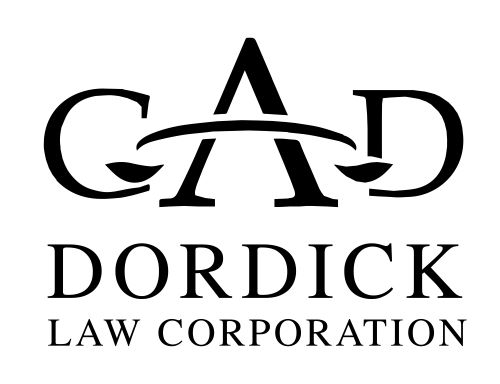The Power of Preseason
I sincerely hope that you, as an athlete, rested a bit this winter. Off season recovery is imperative, but as the calendar flips to February it is time to light up once again with the lifestyle of triathlon. I want to touch on a few critical elements of preseason triathlon activities and training: race planning, goal setting and phases of training.
Plan Early:
You'd think Hendrix was back from the
dead and playing one night only in British Columbia the way Ironman
Canada sells out the very day they begin accepting applications.
Wildflower has been compared to Grateful Dead shows and it, too, sells
out every year. Triathlon is gathering no moss and, if you want to get
into a race this year, you need to plan early. Elite and Pro level
athletes with packed schedules will sometimes race 12-18 races per
year, but they know they can only peak for, at the most, three races.
Like elite athletes, you need to choose what event(s) means the most to
you. Then grab a calendar and plan your season from that point,
backwards to today. You will need to include weeks of active recovery
(AKA rest) and weeks of focused intensity. Then you need to commit to
those weeks and their purposes to plan for your peak. The most
challenging part is choosing wisely. Too many races or races too close
together will result in lackluster performances, burnout and injury.
Set Goals:
Triathlete Zombies has nearly 50 members
bound for Ironman California. Some of those have set for themselves the
goal of finishing, others hope to qualify for Kona, and a few may even
wish to win. (whether you have a race planned this season or not, you
can still improve technique and gain fitness by setting some goals)
Your goals should be clear and specific, challenging but realistic.
Focus your training goals on learning and improvement and make them
self-referenced (moving up a lane at masters and holding all the sets,
running your favorite course faster, or a time trial on the bike that
can be duplicated and improved upon). Create a few goals to reach for
during a race as well - these performance oriented targets might
include self talk such as "cue" words that help you work through tough
moments ("keep it smooth" "technique" "glide" , etc.) or simple plans
such as "if someone comes along side of me, I will hang with them".
Goals will become a source of stress by which success and failure are
defined, but they must be created in a positive manner so that they can
act as a motivational strategy to enhance performance.
General Phases of Training:
An endurance athlete's
season consists of several phases of training. USA Triathlon coaches
use two broad terms: Preparatory Phase (General Preparation, Specific
Preparation) and Competitive Phase (Pre-competitive and Main
Competitions). The preparatory time is the time to build a base. Many
look upon this 8-16 week time period as the "LSD" or Long Slow Distance
period when training volume is high but intensity is low. As the race
season approaches (8-10 weeks from competition) the intensity increases
a bit to include lactate threshold and speed work and volume decreases
slightly. Strength is a key element to racing triathlons. During the
base phase you should schedule three strength workouts per week to
build strength, as the race season nears, reduce those to two workouts
per week. Then, during the race season, only one strength workout per
week for maintenance. Strength doesn't always mean a trip to the gym:
well planned hill repeats on the bike or run can be a huge benefit as
well. •



